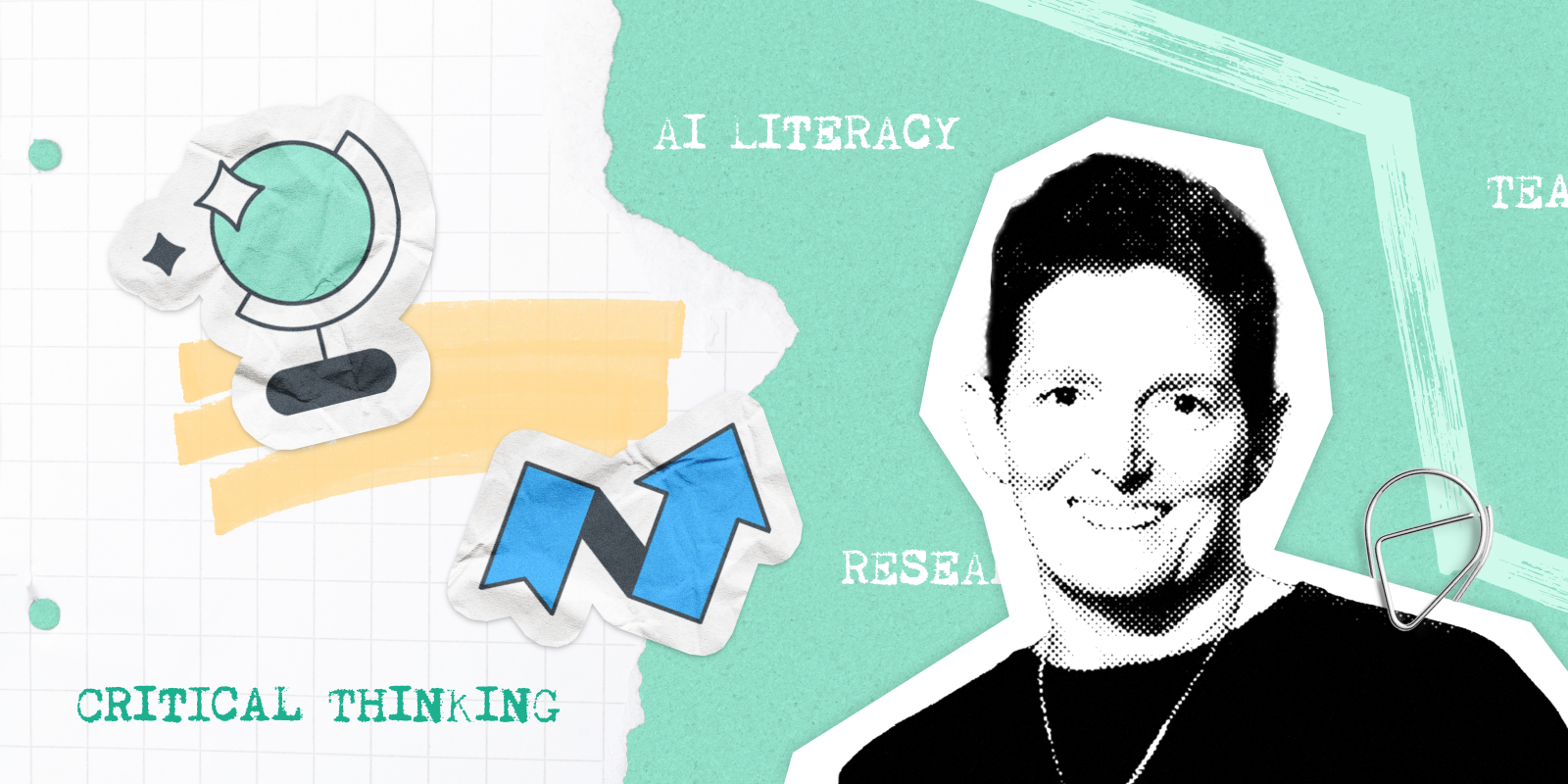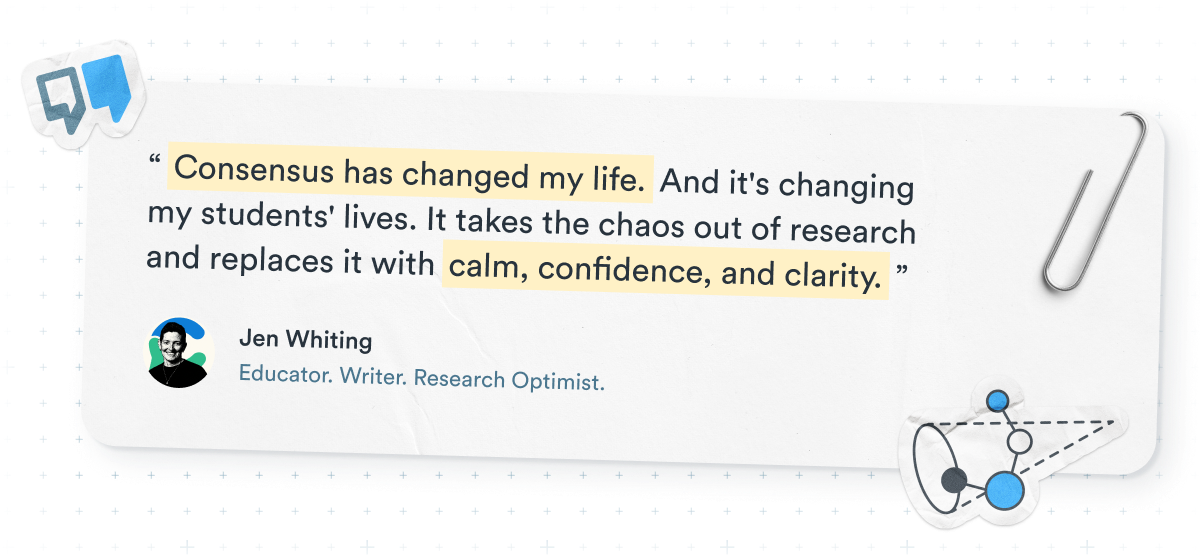
Jen Whiting doesn’t just teach writing. She teaches students how to think for themselves.
In her classrooms at Baruch College and Montclair State University, writing is not just about grammar and grades. It is about learning how to navigate complexity, engage with evidence, and contribute meaningfully to academic conversations. Jen believes students need more than writing skills to succeed; they need to know how to question, research, and reason in a world transformed by AI.
“If we don’t teach students how to use AI ethically and critically, who will? YouTube?”
For Jen, that question is not hypothetical. It is a challenge to every educator. AI is already reshaping how students learn and how they do research. Rather than ignore it or treat it as a threat, she brings it into the classroom with purpose. Her goal is to help students become confident, ethical, and curious researchers who know how to think critically about the tools they use.
But that journey often begins in chaos: blank pages, scattered sources, and rising anxiety.
Quelling the Chaos: A New Way to Teach Research
Academic research is often framed as a rite of passage. For Jen’s students, it feels more like a barrier. Traditional platforms like Google Scholar are difficult to navigate and haven’t meaningfully changed in decades. They were built for experts, not for students trying to learn. Students are left sifting through dense texts, unsure what’s relevant, or what to do once they find a paper.
Jen herself remembers spending four years in what she calls “citation hell,” bouncing between Google Scholar and Zotero, downloading stacks of PDFs, skimming for ideas, and manually formatting citations. It was time-consuming, fragmented, and frustrating.
Today, the challenges of academic research remain, but students now approach them differently. Many begin with AI tools like ChatGPT because they are used to interacting with information through conversation. While this feels intuitive, the responses often draw from blogs, Reddit threads, and other unverified corners of the internet. It blurs the line between credible research and casual opinion, leaving students unsure what to trust.
This is exactly where Consensus comes in.
Whether students feel lost in traditional databases or misled by conversational AI tools, what they need is a resource that bridges both worlds; something as intuitive as a chatbot, but as rigorous as a scholarly archive. Consensus meets that need. It distills peer-reviewed literature into clear, credible insights, each one backed by citations and grounded in evidence.
In Jen’s classes, Consensus is more than a tool. It’s a starting point that helps students move from confusion to clarity and gives them the confidence not just to find sources, but to think with them.

Jen starts her students with a simple task: ask a clear question and read what the research actually says. From there, students use Consensus to explore key findings, build reference lists, and shape their understanding of the topic.
To make research more approachable, Jen further encourages students to process what they learn in ways that match how they think. Some create podcasts using NotebookLM to explain ideas aloud. Others build study guides or visual maps to organize what they have found. The format is flexible. What matters is that students are working with credible evidence and forming their own point of view.
She calls this the pre-production phase. From there, they write. They revise. They discuss.
"It helps me teach students that writing is a process. That it starts long before the first sentence."
Teaching for the Future
Jen believes students must leave college with more than writing skills. They need tools and mindsets that will help them thrive in a world shaped by AI and rapid change. While some faculty remain skeptical of AI in the classroom, Jen sees it as her responsibility to guide students through this new landscape. She uses Consensus to help students understand how language models work, how to evaluate sources, and how to build a point of view. The result, she says, is not just better writing, but stronger thinkers.
What They Remember Most
“What students learn in my class—how to research, how to question, how to write—they tell me it’s the most useful thing they’ve learned in college.”

Jen’s Favorite Consensus Features
As both a teacher and researcher, Jen relies on a few key features in Consensus to simplify and strengthen her work—and her students’ learning.
Final Words from Jen
“Consensus is a sea change. It’s pivotal. It organizes the chaos. And when students feel less anxious, they feel like they can learn. That’s when the magic happens."




